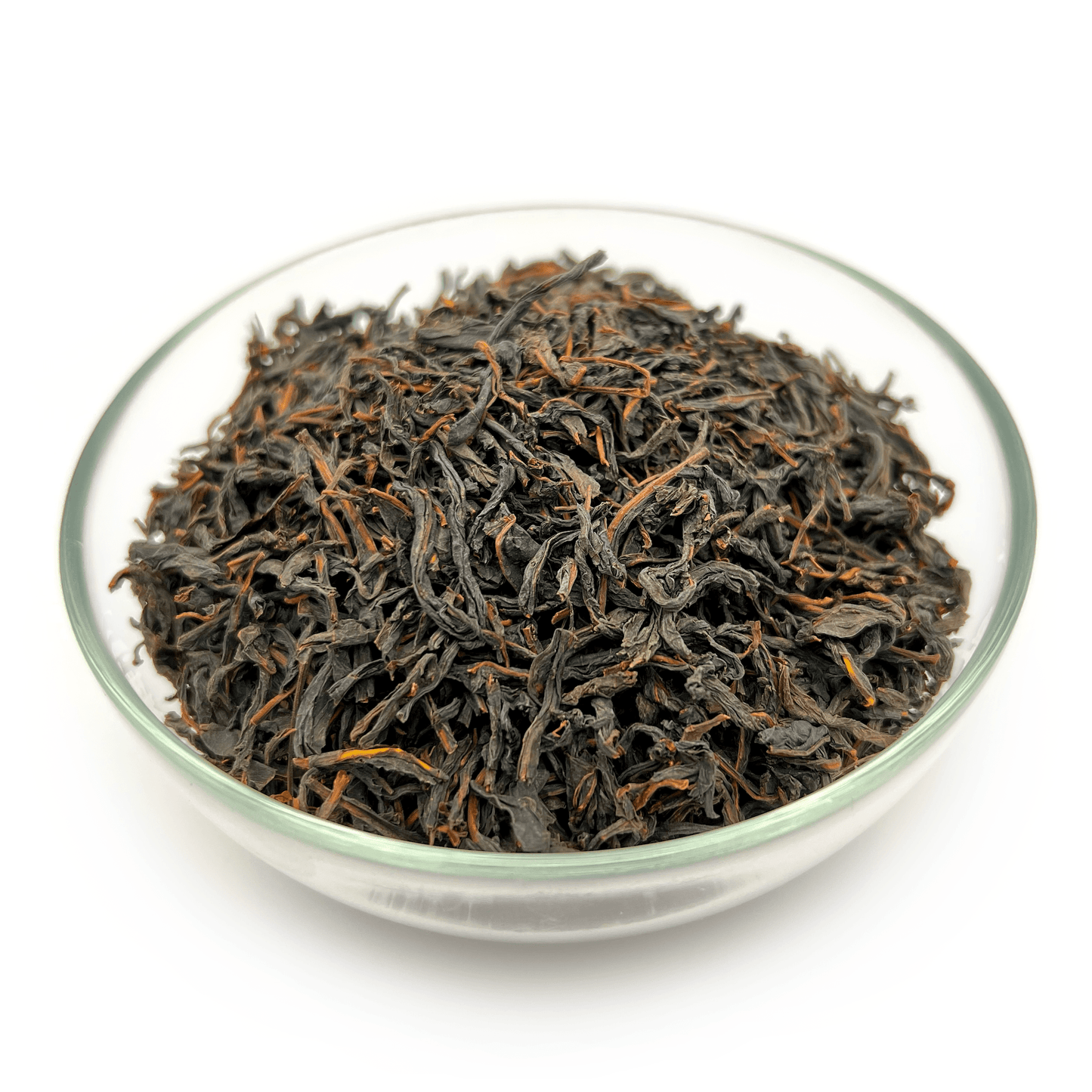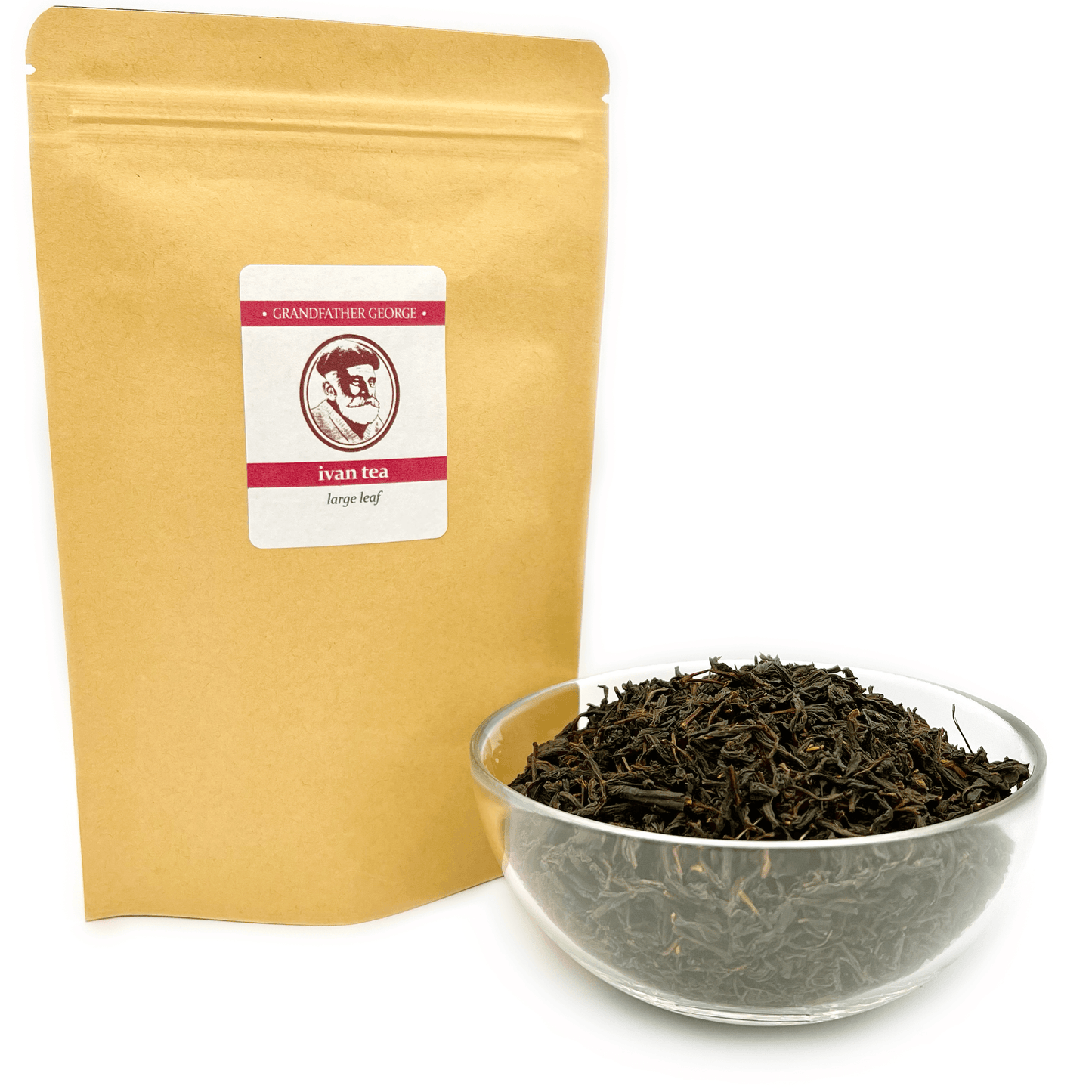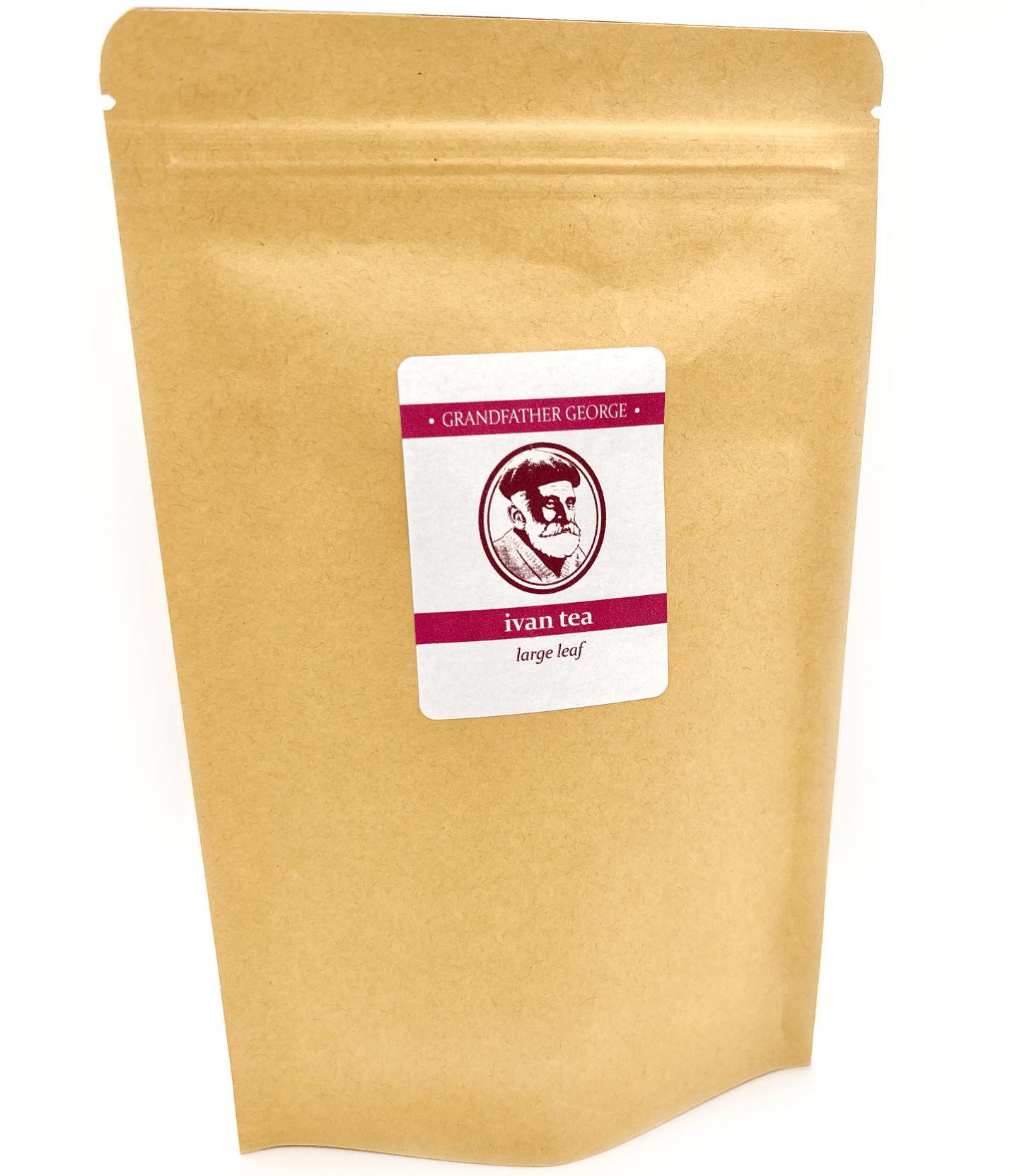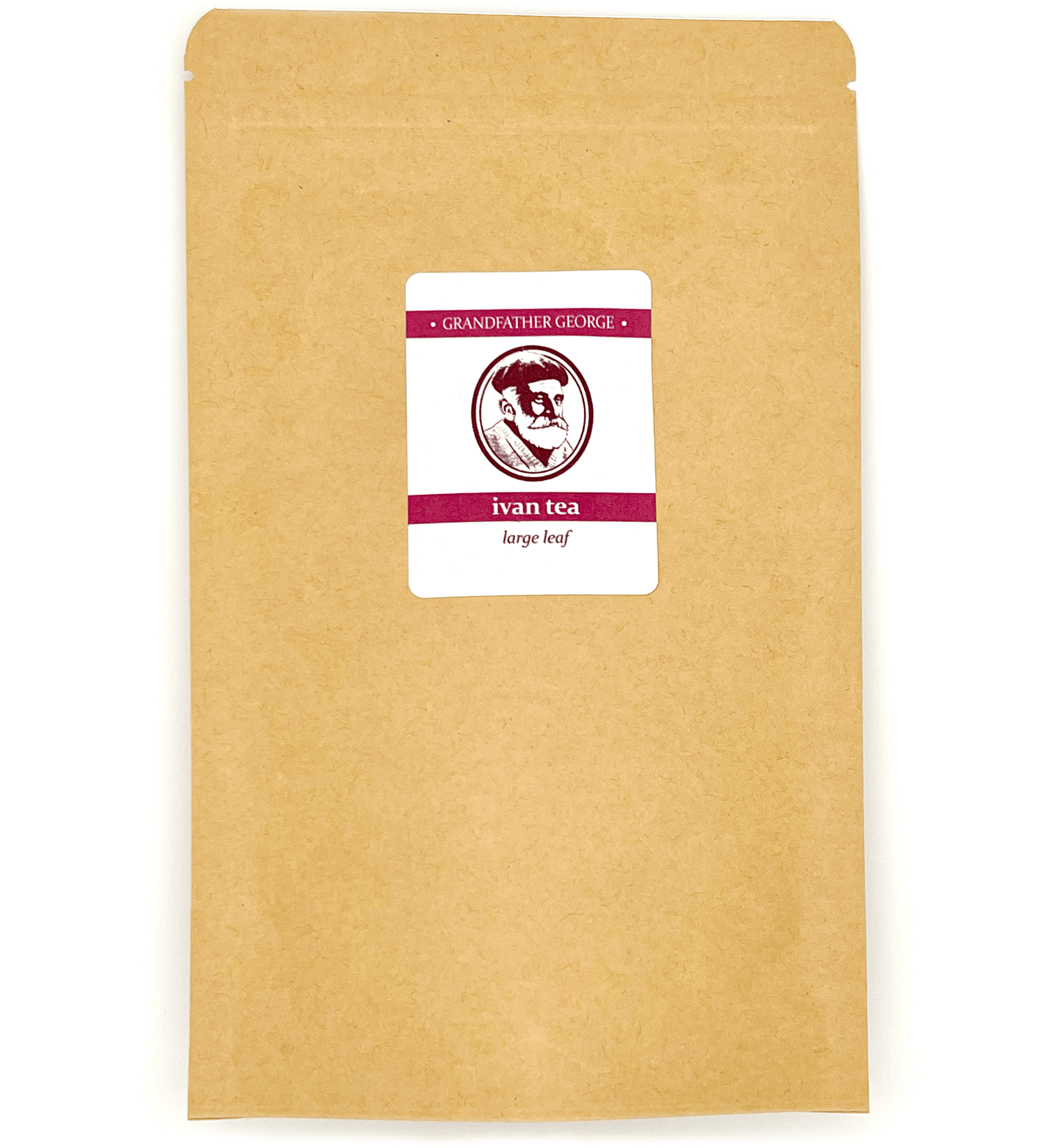There has been much written about the benefits of Ivan-tea (or fireweed), but delving deeper into the topic raises the question: which type of tea — fermented or non-fermented — is more beneficial?
First, let's clarify the terms. Fermentation is the oxidation of the plant's leaves in its own juice. After this process, fermented tea and tea dried without fermentation naturally differ from each other.
Fermented Ivan tea
The process of fermenting Ivan tea seems relatively simple at first glance and can even be done at home.
The harvested plant leaves are spread out on an open surface and left away from direct sunlight until they slightly wilt. This stage usually lasts five to six hours. The slightly wilted leaves are then twisted by hand until they become sticky. Then the twisted leaves are placed in a container, covered with a damp cloth (to allow air circulation), and left to oxidize for a period ranging from 7 hours to two days. The final step is drying the leaves at temperatures up to 100 degrees Celsius. This can be done using an oven, stove, or special drying chamber.
In industrial production (such as the line of the "Kosminsky gostinyets" brand, for example), fermentation occurs slightly differently. Initially, the leaves are slightly withered in the sun to accumulate essential oils, then they are processed on a conveyor belt where the leaves are evenly distributed and small debris is sifted out. Using special equipment, the leaves are slightly crushed to extract juice and then twisted. The next step is placing Ivan-tea in a fermentation machine where oxidation occurs under heat.
The longer the fermentation process in the fermentation machine, the more aromatic and colorful the resulting beverage will be.
Non-fermented Ivan tea
Tea without the fermentation process is simply dried leaves. In home conditions, harvested leaves are either spread out in a thin layer for natural drying, tied into bundles, or immediately placed in special drying chambers. Thus, fireweed does not undergo the fermentation process, and the leaves are dried immediately after harvesting.
Non-fermented fireweed brews weakly and does not have a pronounced taste. What are the similarities?
Since the raw material is still the same, some of its beneficial properties are retained in both fermented and non-fermented leaves. It's hard to list all the benefits, as there are indeed many, but let's just mention some properties of both types of tea:
- Bile secretion stimulant;
- Immune system strengthening;
- Anti-inflammatory and wound-healing properties;
- Sedative effects;
- Metabolism-boosting properties.
Common contraindications for both methods of preparing fireweed include caution during pregnancy and breastfeeding, increased blood clotting, and individual intolerance to tea.
What's the difference?
Since there are two different methods of preparation, there is also a difference between the final products. The biochemical composition differs.
-
The fermentation process enhances the benefits of the tea leaf. Essential elements and vitamins are absorbed much better by the body after fermentation. Therefore, it is preferable to consume fermented fireweed. Moreover, it is much tastier. However, one should not forget about dosages – while regular tea can be consumed in any quantity, fermented tea, in which all properties are more pronounced, should be limited to two or three cups a day. With more frequent consumption of fermented fireweed, its cholagogue properties may manifest.
-
Fermentation can be carried out at different temperatures. At low temperatures (below 70 degrees), the taste and aroma of the tea become more herbal. Fermentation at temperatures above 70 degrees gives the tea fruity notes. Here, as they say, it's a matter of personal preference, and there is a choice.
-
Fermented leaves give a more saturated and dark color to the drink, while non-fermented leaves brew with a greenish semi-transparent color. Moreover, the longer the fireweed is kept in the container during fermentation, the more saturated the color of the final tea drink will be.
-
Fermented leaves last longer, sometimes even twice as long, as naturally dried ones. In addition, fermentation helps to avoid such consequences as mold formation on the leaves during improper storage.
Fermented tea can be stored for up to five years, while the maximum storage period for regular tea is two years.
Fermented and non-fermented fireweed tea: for whom and when?
Fermented fireweed tea is even called the "elixir of longevity," so it's worth considering for individuals over 50 years old to support their bodies. Fireweed has a beneficial effect on immunity, restores a healthy appearance to the skin, and adds vigor.
Fermented fireweed tea is excellent for addressing health issues: for men, it helps with infertility, prostatitis, and improves potency. Its miraculous healing properties for the female body are also well-known – it aids in the treatment of thrush, infertility, and inflammatory processes in the urogenital area.
Let's also remember the anti-cancer properties of fireweed. The fact that medicines for oncology are made from this plant makes one think about the preventive intake of brewed fireweed tea. Depending on the goals and objectives (prevention or treatment), fermented or regular tea is also chosen.
However, if the goal of consuming fireweed tea is to strengthen the overall condition of the body and improve mood, then one should choose the beverage that is preferred based on color, taste, aroma, and other criteria.







